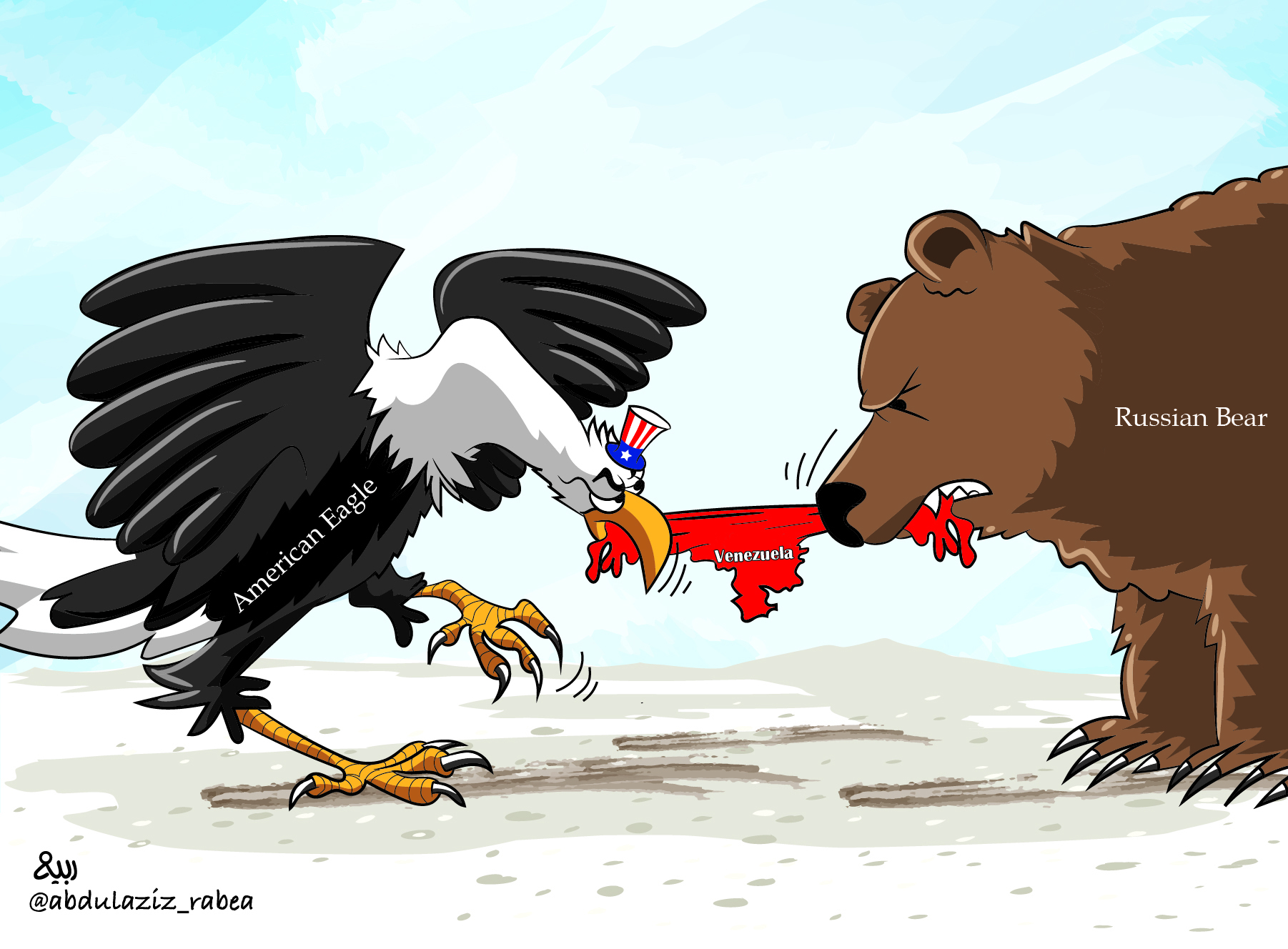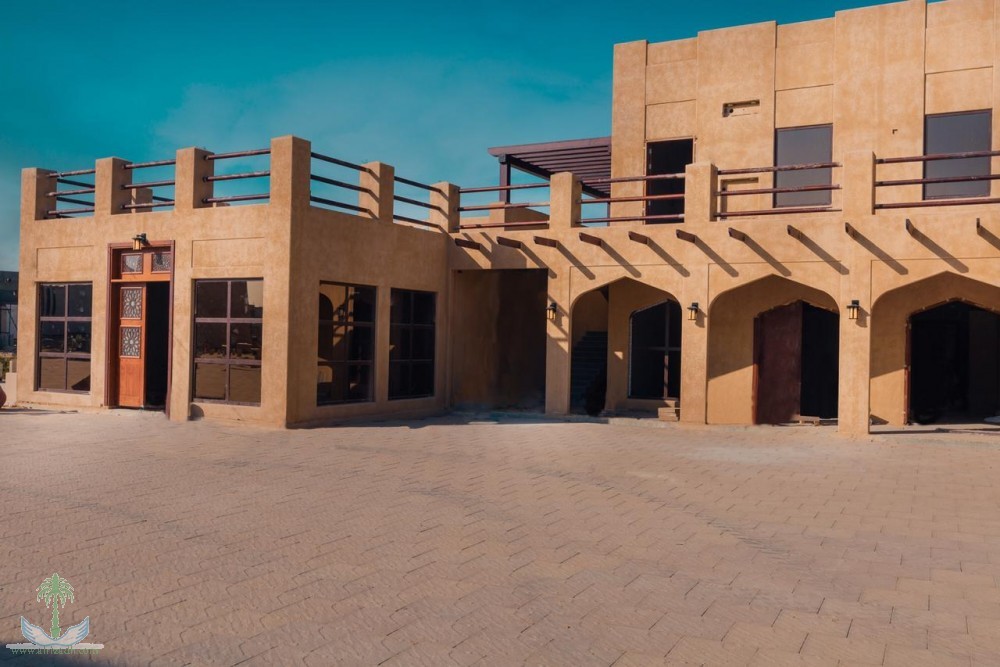
Technology Key to Tackling Land Degradation at COP16 Riyadh's Thematic Day
The 16th session of the Conference of the Parties (COP16) of the United Nations Convention to Combat Desertification (UNCCD), due to be held in Riyadh from December 2 to 13, has dedicated a special thematic day in the Green and Blue Zones to science, technology, and innovation, where 10 events will showcase advanced solutions and innovations.
The thematic day recognizes the role of technology and science in land conservation, combating degradation, and addressing the challenges of drought and desertification.
In a world where preserving natural resources is increasingly challenging, technology has become a vital necessity to combat land degradation, which threatens food security and undermines biodiversity.
While soil is one of the most vital resources for life on Earth, it faces immense pressure due to unsustainable agricultural practices and climate change, which lead to its rapid degradation and loss of fertility. This urgently requires modern technological interventions to protect this resource and ensure its sustainability for future generations.
Practical experiences adopted by many countries worldwide have demonstrated the potential of modern technology in combating land degradation. This includes monitoring soil health and analyzing its data with unprecedented precision, providing the means to enhance environmental land management and deliver innovative solutions to mitigate degradation.
Remote sensing, satellites, and drones are among the technologies widely used today, offering precise data on soil characteristics, including moisture, density, and fertility, to researchers, agricultural specialists, entrepreneurs, and even large-scale farmers.
Moreover, this data can be used to detect areas at risk of degradation early. Biotechnology also plays a crucial role in developing climate-resistant seeds and microorganisms that enhance soil quality. Additionally, digital technologies and artificial intelligence are utilized to analyze patterns and deliver smart, sustainable solutions.
Modern technology serves as a crucial catalyst for sustainable solutions for soil protection and combating land degradation. With remote sensing technologies, governments and agricultural institutions can monitor soil health more accurately. For instance, reports from the European Space Agency indicate that using satellites to monitor land has helped reduce degradation by up to 15% in degraded agricultural areas across Africa in recent years.
By collecting and analyzing such data, early detection of at-risk areas becomes possible, enabling swift responses to mitigate negative effects. This is particularly critical given that, according to UN reports, land degradation causes economic losses estimated at $490 billion annually.
To assess soil health and understand the changes leading to its deterioration, digital technology and data analysis can be effective tools. Leveraging big data analysis collected from various sources like weather stations and field sensors can produce comprehensive and accurate understanding of the climatic and agricultural changes influencing soil fertility.
Meanwhile, the use of artificial intelligence (AI) in exploring patterns affecting soil can enhance crop productivity by up to 25%. This can be achieved by identifying underlying causes of soil degradation and offering intelligent solutions, such as improving irrigation systems or modifying fertilization, according to reports from the Food and Agriculture Organization (FAO). These technologies have paved the way for proactive decisions that are more precise and aimed to protect and restore soil fertility, thereby enhancing global food security.
Farmers and governments can make sustainable, science-based decisions by relying on advanced data analysis tools to improve the ability to predict agricultural risks resulting from land degradation and foresee the effects of deterioration on land productivity.
The 29th session of the Conference of the Parties to the United Nations Framework Convention on Climate Change, hosted in Baku, Azerbaijan, from November 11 to 22, has placed emphasis on the importance of utilizing AI and large language models (LLMs) to assist farmers in various agricultural purposes.
These technologies provide invaluable tools to support decision-making for agricultural researchers and specialized workers in developmental and advisory fields, helping them confront growing threats arising from the challenges of climate change.
The objective of increasing agricultural production also turns the spotlight on precision agriculture, a modern approach in agricultural management that relies on advanced technology. It provides tailored and precise solutions to meet the needs of soil and crops, increase productivity, and reduce waste in water and fertilizers for environmental and economic sustainability.
Precision agriculture leverages sophisticated tools, such as Global Positioning System (GPS), drones, and smart sensors that collect precise data on the condition of soil and crops, which helps analyze the needs of agricultural areas and measure moisture and nutrient levels in the soil.
FAO reports that precision agriculture can contribute to improving productivity by up to 30% and reduce water and fertilizer consumption by 15-20%, making it one of the most valuable innovations in improving the efficiency of agricultural land use and reducing environmental impact.
A study by the International Food Policy Research Institute (IFPRI) indicated that the use of precision agriculture can reduce water consumption by up to 20%, while decreasing fertilizer use by 15% without affecting crop productivity.
Precision agriculture contributes to reducing emissions from traditional agricultural practices, supporting the long-term sustainability of lands and preserving their productivity for future generations.
Meanwhile, biotechnology plays an increasingly important role in improving soil health and enhancing its resilience to degradation caused by climate change and drought. It allows the development of genetically modified seeds with superior ability to withstand harsh conditions, such as high temperatures and water scarcity, leading to improved agricultural productivity in affected regions. According to IFPRI, the use of genetically modified seeds can increase productivity by up to 40% in arid lands.
Genetically modified microorganisms are used to improve soil quality by enhancing its fertility and increasing its ability to retain nutrients. While such technologies contribute to the restoration of the productivity of degraded lands, thus boosting food security in areas suffering from desertification, the potential environmental and social impacts of using biotechnology must be taken into consideration, including its effects on biodiversity and ecosystem integrity.
In Africa, where agricultural lands face significant challenges due to recurrent droughts, the Water Efficient Maize for Africa (WEMA) initiative was launched to develop genetically modified corn seeds that are drought-tolerant and pest-resistant. Field experiments have proved that these seeds have helped improve productivity by up to 35% under drought conditions compared to traditional seeds.
Technical challenges constitute a main obstacle to the implementation of modern technology to combat land degradation, primarily the lack of precision instruments and advanced software used for land monitoring in remote or developing regions, where the infrastructure needed to support these technologies is unavailable. Economic constraints represent another challenge, where modern monitoring technologies like satellites and drones are too costly to use in some countries with limited financial resources.
To overcome these obstacles, there is a pressing need to adopt innovative solutions, such as adapting lower-cost technologies or using public-private sector partnerships to provide financial support. It is also essential to support government policies in applying these technologies by providing incentives and establishing well-defined policies that contribute to land sustainability and combating land degradation.
As such, investing in research and development has become a critical priority, serving as the foundation for improving soil health and addressing land degradation through modern technology. Advancing research in this area can lead to innovative solutions that contribute to the restoration of degraded lands and the sustainable increase of their productive efficiency. This requires enhancing cooperation between universities, research institutions, and the private sector to ensure the development and effective application of these technologies.
There should be a concerted effort to raise awareness among farmers and provide training on modern technologies, particularly for those in rural areas who may not have adequate knowledge about utilizing new tools and technologies. Hence, it is crucial to offer training programs centered on sustainable farming methods and the utilization of contemporary technological tools. Such programs should encompass field workshops, expert-led training sessions, and continuous technical assistance to guarantee the effective implementation of these technologies.
It has become evident in recent decades that technology is not just a tool to improve agricultural productivity and combat land degradation, but also a key partner in efforts to preserve natural resources and ensure their sustainability for future generations.
Field experiments and projects have demonstrated that humanity needs to continuously advance technologically to devise innovative solutions for complex environmental issues. This is crucial not only for combating desertification and soil degradation but also for restoring balance to ecosystems that have been substantially impacted by human activities.
Despite the potential challenges in the application of these technologies, such as economic constraints or lack of infrastructure, hope lies in government support, collaboration between the public and private sectors, and investment in research and development to help overcome these obstacles. By reaching this stage, we will be able to maximize the benefits of these technologies for sustainable development, particularly through raising awareness and training farmers in rural areas.
Technology serves as a powerful means to preserve soil and natural resources. It is crucial for countries, especially those that are developed and affluent, to recognize an important fact: Investing in such technology is not a form of luxury, but a strategic move that will bring immense benefit, while ensuring that future generations inherit a healthy and sustainable environment in which they can thrive and enjoy a better future, unburdened by today's challenges.








